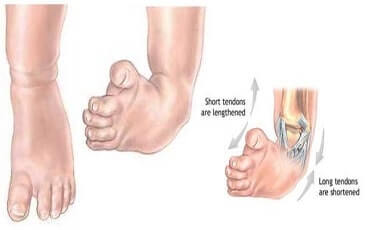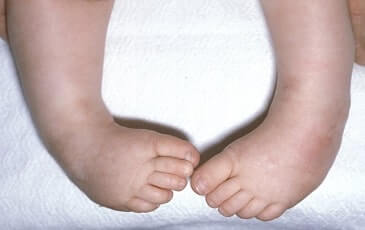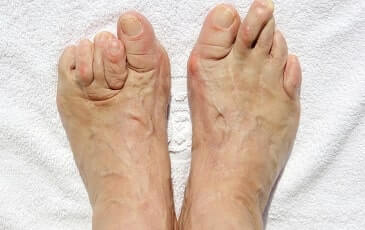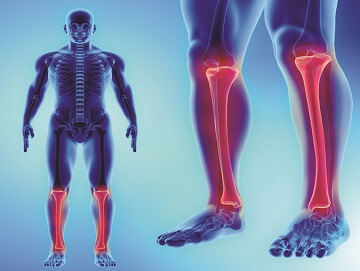Congenital bone deformities
Congenital bone deformities develop from birth; some can be straightened over time with the growth of the child. Some happen due to a broken bone injury and heals in an improper alignment. There are few types of bone deformities such as Angulation, Torsion, Translation, Broken bone heals in shorter position. Bone deformities lead to pain and discomfort as also restricts free movement.



